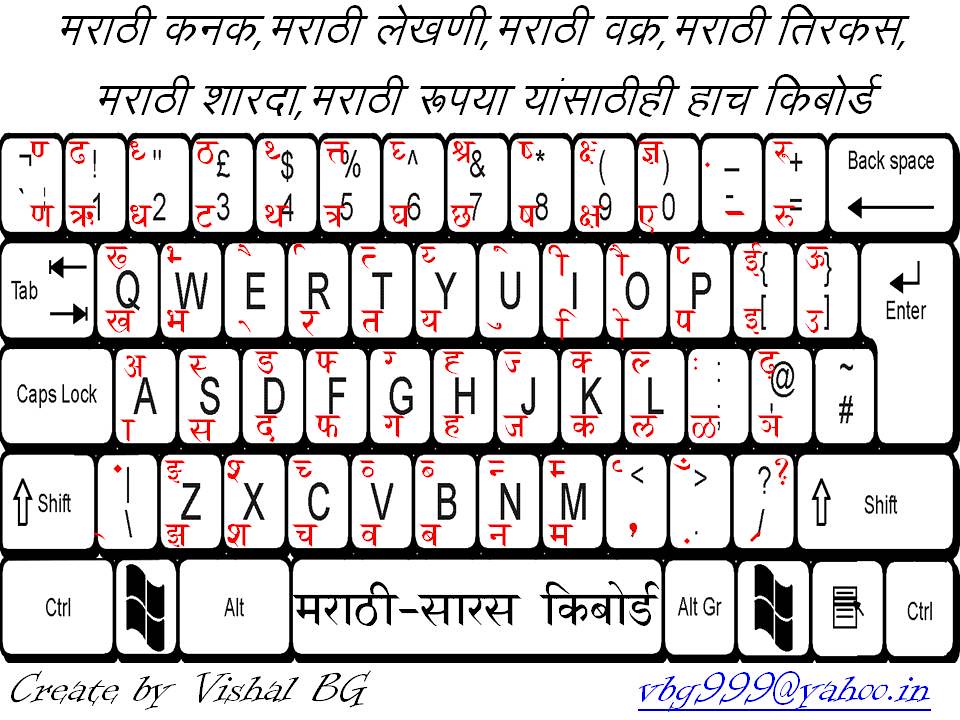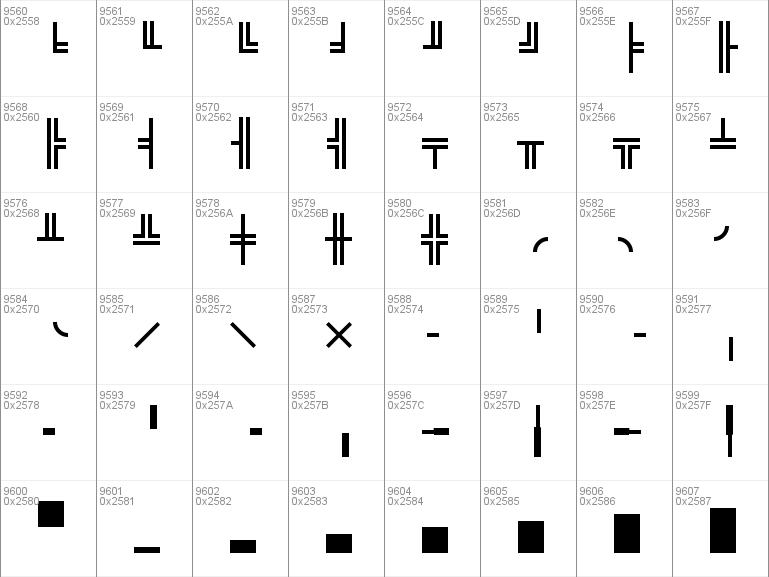
- #Arial unicode ms font converter how to
- #Arial unicode ms font converter pdf
- #Arial unicode ms font converter software
- #Arial unicode ms font converter windows
#Arial unicode ms font converter how to
See Microsoft support for more details on how to install this particular font. Note: Though it comes with MS Office, Arial Unicode MS is not automatically installed onto your PC, but must be optionally installed as a part of the "International Support" features. OpenType Layout Tables: Arabic (default, Farsi, Urdu), Devanagari, Gujarati, Gurmukhi, Han Ideographic (default, Japanese, Chinese simplified, Chinese traditional), Kana (default, Japanese), Kannada, Korean, Tamil. Support: This large Unicode font includes support for the following languages: Arabic script (Arabic including some dialect-specific letters, Balochi, Persian, Punjabi Shahmukhi, Urdu), Armenian, Cyrillic (all or most of range), Devanagari, Georgian (Mkhedruli & Asomtavruli), Greek (including polytonic and Coptic characters), Gurmukhi, Hebrew, IPA, Japanese (Hiragana, Katakana, Kanji/Han Ideographs), Kannada, Korean (Hangul only), Latin, Tamil, Thai, Vietnamese.

Version 1.00 has 50,377 glyphs and no kerning pairs. You may also convert to other popular APS, Krutidev, Walkman Chanakya, Shusha, Shivaji, Devlys, Bhasha Bharti, Shree Dev, Akruti, CDAC GIST, ISM fonts. Arial Unicode MS is also available with Microsoft's Front0 and Publisher 20002. Accurately convert Shree Dev 0708 to Unicode and Unicode to Shree Dev 0708 using Pramukh Marathi Font Converter. Even if we are a scruffy, underpaid bunch.Source: Developed by Microsoft Corporation and supplied with the latest versions of Microsoft Office (2000, XP, and 2003). Terminal strokes are cut on the diagonal which. The overall treatment of curves is softer and fuller than in most industrial style sans serif faces. I wonder what it would take to have Microsoft place Arial Unicode MS in the public domain? Linguists all over the world would applaud the decision. A contemporary sans serif design, Arial contains more humanist characteristics than many of its predecessors and as such is more in tune with the mood of the last decades of the twentieth century. Your only choice is to print fonts as graphics, which is a Kludge with a Kapital “K” ( details here). If you have a licensed copy of Office 2000 or Office XP on your machine, and you use a print server that isn’t running Office, Arial Unicode MS won’t appear in your printouts.
#Arial unicode ms font converter windows
In Windows XP, click on Change button after it appears when selecting your Office version.
#Arial unicode ms font converter software
Microsoft’s site notes, “Arial Unicode MS is not free it is only licensed for use by customers who have purchased Microsoft Office 2000, Office XP, Publisher 2000, Publisher 2002, or software bundles that contain at least one of these components.” In Windows 7, click on Change button at the top. That would be a definite no-no: Microsoft spent millions developing that font, and it certainly wouldn’t appreciate having the font distributed with a competing product! For more information about Arial Unicode MS.
#Arial unicode ms font converter pdf
A friend of mine thinks he got a copy of the font bundled with OpenOffice, or something like OpenOffice. Sample Python code for using PDFTron SDK to create Unicode text and embed composite fonts in PDF files. What happened? I’m guessing that people were taking advantage of Microsoft’s largesse and using the font when they hadn’t paid for any of the associated products. But if you have Publisher 2000, or you want the font for any other purpose (it’s the ultimate reference font for many linguists), you’re outta luck. There’s also supposed to be one in Publisher 2002. There are newer versions of Arial Unicode MS that ship with Office 2000 and Office XP. As best I can tell, Publisher 2000 folks were promised the font, but it wasn’t included in the box. (Not cheap, as the file ran 24 MB – by far the largest font file I’ve ever seen.) Microsoft posted it for Publisher 2000 owners. As Unicode grew in size, it became clear that the font could not hold every defined. It was essentially a last-resort font that someone could specify and get relatively reasonable results.

There’s a good description of the font here.įor years Arial Unicode MS has been available here, free for the price of a download. The fonts team provided the correct answer: Arial Unicode MS was included with Office at a time when applications did not handle font fallback properly. The “Arial Unicode MS” font – which is regarded by many as the ultimate Unicode font, containing virtually every character from every written language – disappeared. Sometime in mid-August 2002, Microsoft removed a giant reference font from its Web site.

The “Arial Unicode MS” font – which is regarded by many as the ultimate Unicode font, containing virtually every character from every written language – disappeared from the Microsoft website in August 2002.


 0 kommentar(er)
0 kommentar(er)
